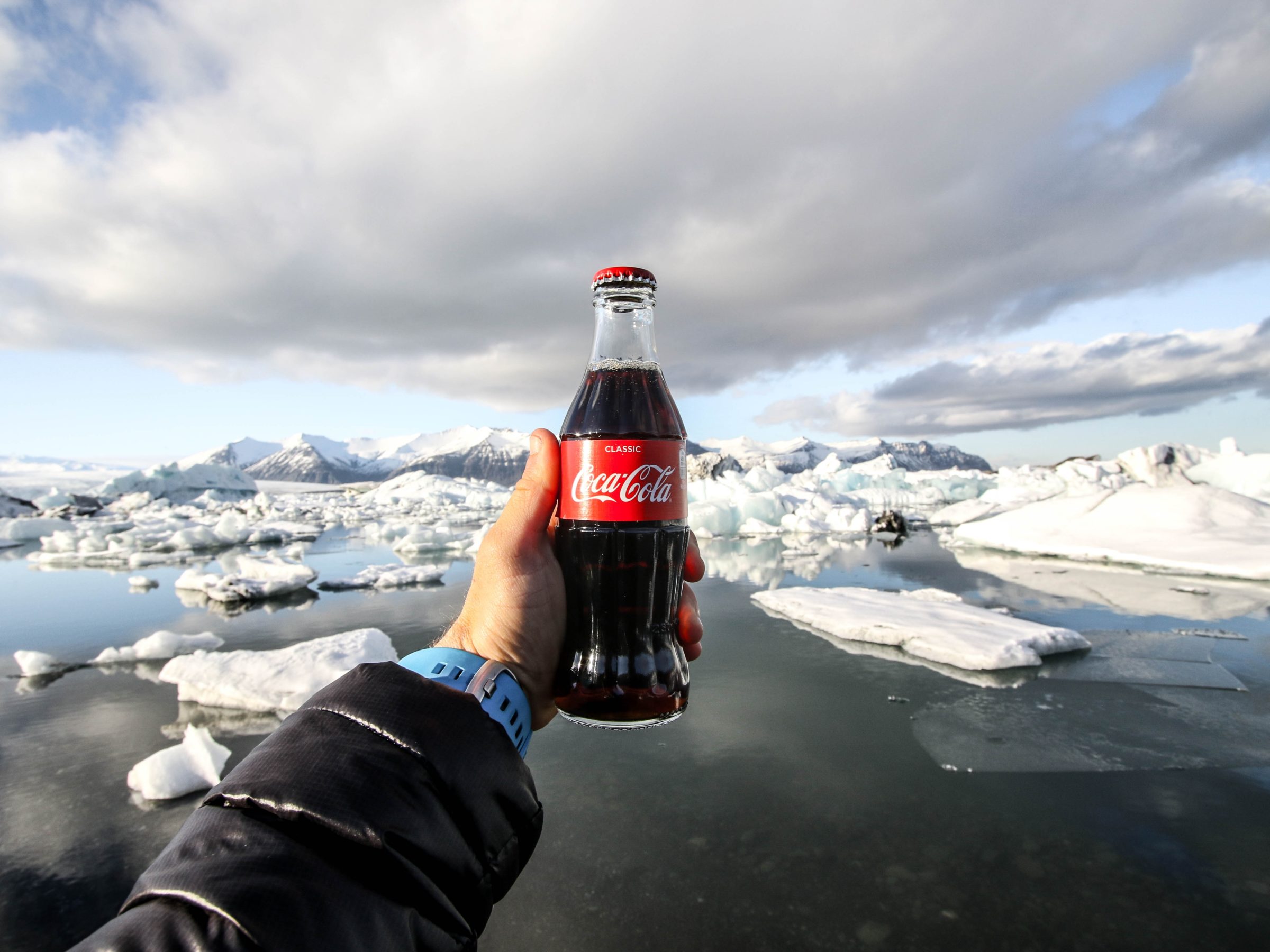Color Psychology In Business
Everyone can recognize the McDonald’s logo by the red background and gold arches, and the Pepsi logo by the red, white, and blue circle. While it may seem like the color choices for logos are random, there’s actually a lot that goes into them. Color psychology is a huge factor in deciding how a business’s logo looks. Tapping in to this color psychology can make a difference in how your business is perceived.
What Is Color Psychology?
Color psychology is the study of how color affects human behaviors. While there are some obvious effects of color, like how bright colors are more attention-getting, color psychology focuses on more than that. Color psychology influences other things such as the taste of foods and people’s moods. Businesses often tap into this psychology when creating their logos. The colors that make up your logo and branding can make a huge difference in how customers see your business.
For example, restaurants like McDonald’s, Wendy’s, and Popeye’s use red in their logos because it’s believed to increase appetite. Luxury brands like Prada, Gucci, and Chanel use black logos because it’s believed to be more sophisticated. Women’s brands such as Barbie and Victoria’s Secret use pink logos because it’s believed to be a more feminine color.
Color Meanings
In color psychology, different colors have different meanings. If you know these meanings, you can take advantage of them when creating your logo.
Red encourages appetite, and can symbolize passion and love. It’s is a popular choice for restaurant logos.
Orange represents warmth and enthusiasm. It can also symbolize cation. Orange in commonly used in logos relating to home improvement (Home Depot) and logos appealing to children (Nickelodeon and Crush).
Yellow represents cheerfulness. However, it can also cause eye strain and makes babies cry more. Yellow is usually used as an accent color in logos to make them more eye-catching.
Green represents health, nature, and money. It’s commonly used by businesses that want to be perceived as a healthier choice, such as Whole Foods and Starbucks.
Blue curbes the appetite and promotes calmness. Men prefer this color. Blue is commonly used in logos that are directed towards men or are very corporate.
Purple represents wealth, success, and wisdom. It’s commonly used in logos where businesses want to be perceived as more regal.
Pink represents femininity, romance, and calmness. It’s commonly used in logos aimed towards women and girls.
Brown represents reliability and practicality. It’s commonly used in logos where businesses want to be perceived as reliable, trustworthy, and wholesome.
White represents purity and innocence. It’s commonly used as an accent color in logos to create negative space.
Black represents luxury and sophistication. It commonly used in the logos of luxury goods.

